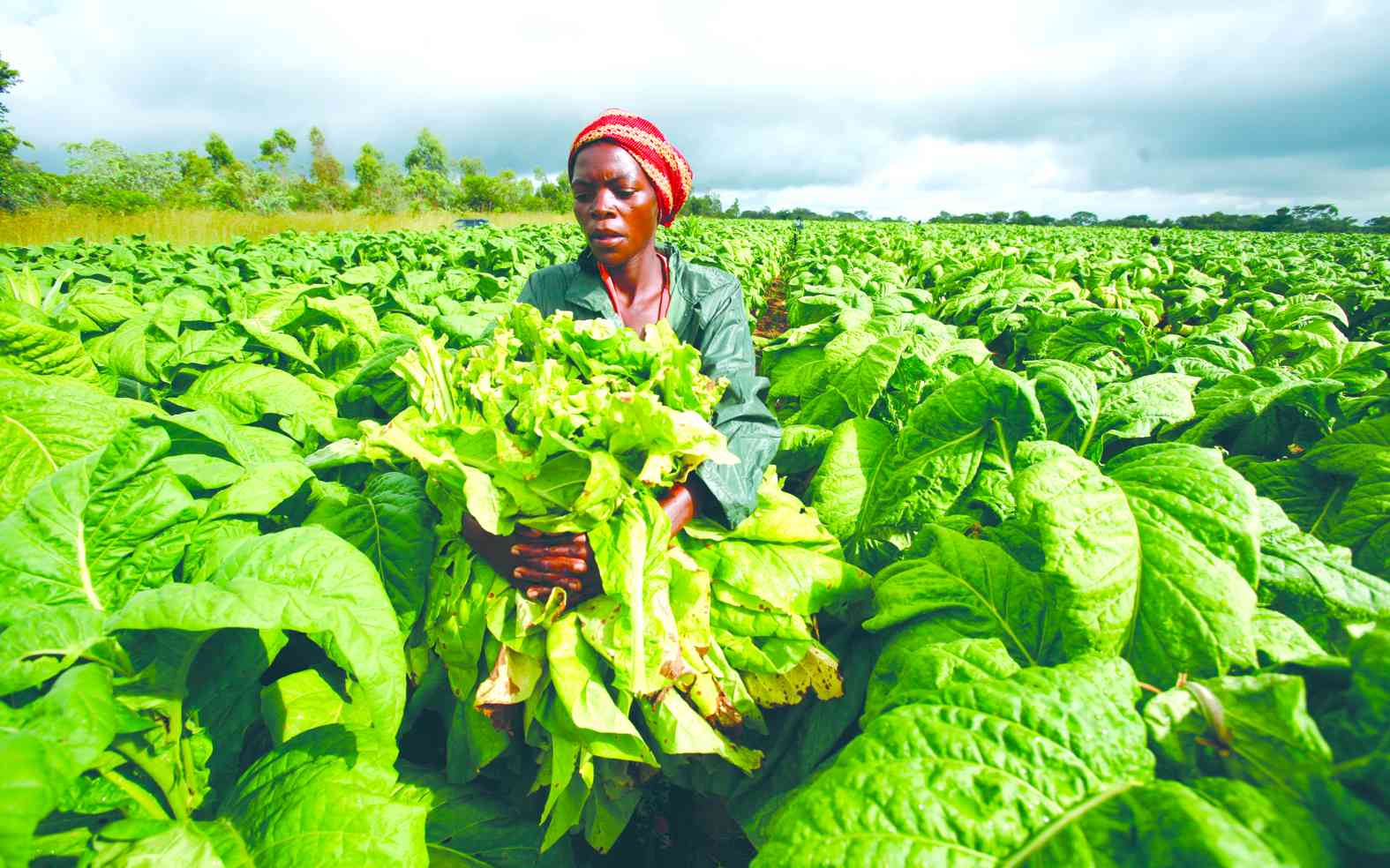The Zimbabwe National Statistical Agency (ZimStat) yesterday released preliminary results of the August 2012 population census showing a marginal increase in Zimbabwe’s population, which now stands at 12,9 million.
Report By VENERANDA LANGA SENIOR PARLIAMENTARY REPORTER
The figures show a 1,1% increase from the last census carried out in 2002.
ZimStat board chairman Douglas Hoto told journalists in Harare that at this rate, the country’s population was likely to double in 70 years.
“The population of Zimbabwe on August 18, 2012 was 12 973 808,” he said.
“From the above figures, the average annual inter-censal population growth rate between 2002 and 2012 is nearly 1,1% and with such a growth rate, the population will double in roughly 70 years.”
Keep Reading
- Chamisa under fire over US$120K donation
- Mavhunga puts DeMbare into Chibuku quarterfinals
- Pension funds bet on Cabora Bassa oilfields
- Councils defy govt fire tender directive
The census also revealed that there were 93 men for every 100 women in the country. “Of the August 2012 population figures, 6 234 931 were males and 6 738 877 were females,” Hoto said.
In 2002, Zimbabwe had a population of 11,6 million people, consisting of 5,6 million males and 6 million females, with a sex ratio of 95 males per 100 females.
The distribution of the population by province shows that Harare is the most populous with 16% of the total population, followed by Manicaland (14%), Midlands (13%), Masvingo (11%), Mashonaland West (11%), Mashonaland Central (9%), Matabeleland North (6%), and Bulawayo as well as Matabeleland South with 5% each.
Harare has 2 098 199 people, Manicaland (1 755 000), Midlands (1 622 476), Masvingo (1 486 604), Mashonaland West (1 449 938), Mashonaland Central (1 139 940), Matabeleland North (743 871), Matabeleland South (685 046) and Bulawayo has the least people with a figure of 655 675. Bulawayo recorded a decrease in its population with a growth rate of -0,3% while Mashonaland East and West provinces had the highest growth rates of 1,7 %.
The data also shows that on average, each household has 4,2 people.
“The results show that Zimbabwe’s population density is 33 persons per square kilometre, given that its area is 392 757 square kilometers,” Hoto said.
The ZimStat boss said detailed results would be published in a series of subsequent reports after the completion of data processing and further analysis. The census operations report will be published in February next year followed by the population atlas in March.





